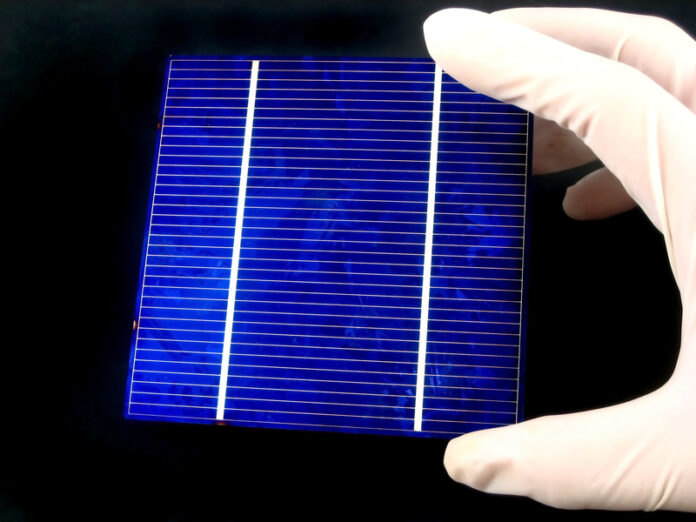Please welcome returning guest writer, Jane Marsh who writes about how solar energy is becoming ubiquitous. This is Jane’s 16th contribution to 21st Century Tech Blog. To read more about the topics that interest Jane, visit her website Environment.co where she writes about the environment and our energy future.
Solar panels are found on farms, home rooftops, commercial buildings, apartments, and more. Any place with access to direct sunlight can harness solar energy. Where are some of the unusual places solar is installed today, and where else will we find it soon?
Solar Power On Earth From Outer Space
Numerous initiatives are looking at putting solar panels in space or on the surface of Earth’s moon. Satellites have deployed solar panels almost from the beginning of the Space Age. The International Space Station (ISS) is powered by solar energy and backup batteries to address the intermittency problem when the station is in Earth’s shadow. Solar panels on the Moon will need to be more resilient than those used with satellites today and also will have to use backup battery storage unless deployed at the lunar poles where sunlight would be continuous.
The European Space Agency (ESA) has been studying Space-Based Solar Power for deployment on Earth. Work at two United Kingdom universities has been ongoing to create mass solar technology at a low cost. Caltech in the United States launched a prototype solar energy satellite, the Space Solar Power Demonstrator in January 2023, and so far the results are positive regarding the potential for space-based solar power generation with microwave transmission to receivers on Earth that could then feed into the grid.
Solar-Powered Trash Cans
A company named BigBelly builds solar-powered trash cans, compactors and composters. Solar powers these receptacles to compact any trash put in them. A cloud-based software platform tracks how the bins are used and notifies operators when they need emptying, reducing the amount of labour and effort going into maintenance.
Solar-Powered Art
In Chicago, Shala Akintunde has transformed building facades into energy-generating murals. Akintunde Bronzeville Solar Pyramid has become a Chicago landmark. The pyramid generates solar energy that illuminates and powers a neighbouring building.
Elizabeth Monoian and Robert Ferry founded the Land Art Generator with a similar objective. They work with urban planning and renewable energy to blend art with environmental justice. They build architectural art with integrated power generation. Their goal is to populate living buildings in cities around the world where energy from the sun and other renewable sources can power them.
Solar Power From Brownfield Sites
As the planet decarbonizes its energy sources, the future will increasingly find abandoned fossil fuel complexes and brownfield sites. The Environmental Protection Agency (EPA) estimates over 450,000 brownfields exist in the U.S. that could be converted into brightfields by deploying solar farms on these sites.
Brownfields are defined as properties complicated by pollutants or contaminants making them useless for other purposes. They are, however, ideal for solar panel sites. This is a way to transform locations destroyed by usage that are contributing to anthropogenic climate change and turning them into beacons of advocacy. The U.S. Inflation Reduction Act provides funding for brownfield solar projects leveraging unwanted properties for the good.
Solar Farms Repurpose Old Golf Courses
What do you do with a golf course that is no longer being used and not under consideration for housing or other uses? Solar engineers are looking at these sites as spaces for solar farms. Many are large enough to become powerhouses. One example comes from Japan where land designated for a golf course more than 30 years ago and subsequently abandoned has been turned into a 100-megawatt solar park.
Solar Power Everywhere Else
Advanced grounding technology and geotechnical engineering have made solar panels safer wherever they are deployed opening the door to countless uses. But, what if people could plaster solar cells on everything, from notebooks to window panes?
It sounds like a pipedream, but experts are experimenting with thin-film solar technology to see how lightweight yet powerful it can make a cell. The Massachusetts Institute of Technology has created a thin solar cell that can be attached to anything using adhesive. These cells are as thin as human hair and can stick anywhere you want to put them. They use semiconducting inks making them scalable for countless applications.
SolarWindows Technologies applies its LiquidElectricity coatings to rigid and flexible glass and plastic surfaces for installation on commercial and residential buildings turning these surfaces into photovoltaic devices.
Solar Power Is Everywhere in Our Future
The potential for solar power raises hopes for humanity that we can turn the corner to achieve the low-carbon energy future we need to reduce the risk the planet is facing from the continued use of greenhouse-gas-emitting fossil fuels. Rooftop panels and ground-based solar are with us now and will remain viable choices for the future. As you have read in this article, however, our near future will see solar cells in more places than we can count.









